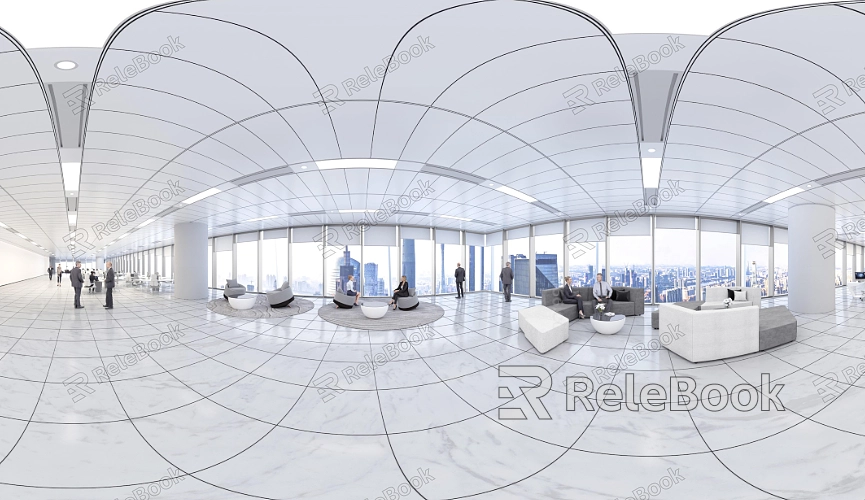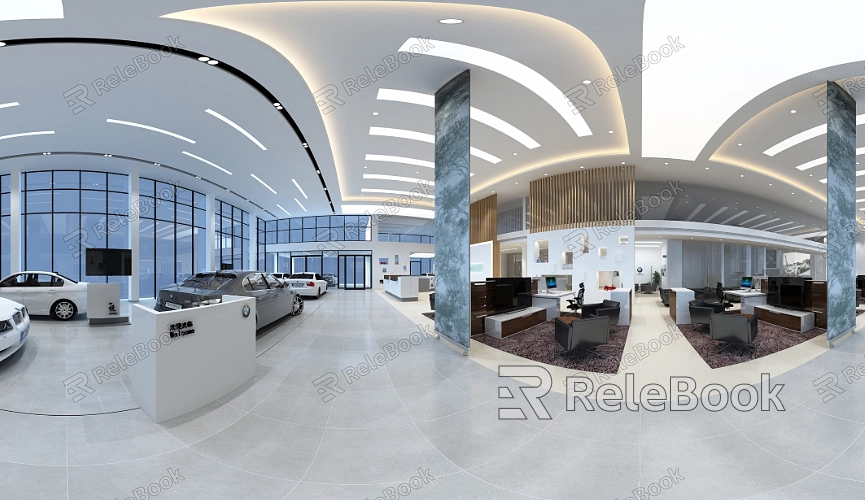What file formats are supported for HDR textures in Unity
HDR textures, known for their accurate lighting information and high-quality visual effects, bring realism to scenes. As a powerful game development and rendering platform, Unity supports a variety of HDR texture formats that help designers optimize lighting and rendering effects in their projects. This article will explore the HDR texture file formats supported by Unity and their applications, providing 3D modeling and rendering designers with valuable insights on what formats to choose when working with Unity.

1. Overview of HDR Image Formats
HDR images contain much more lighting information compared to traditional images, allowing them to capture a wide range of brightness values from dark to light areas. As a result, these images offer more detail during rendering, especially in highlights and shadows. Common HDR images include environment maps, background images, and light maps, all of which significantly enhance the rendering quality.
Common 3D Software Support
In many 3D modeling and rendering applications, such as Blender, 3ds Max, Maya, and Cinema 4D, HDR textures are widely used to create realistic lighting effects. They are often employed to simulate natural light, indoor lighting, and other complex lighting environments. The support for HDR image formats in these programs varies, but most of the supported formats are also well compatible with Unity.
2. HDR Texture Formats Supported by Unity
Unity supports several HDR texture file formats. Here are a few commonly used formats and their characteristics:
2.1. EXR Format
EXR (OpenEXR) is one of the most popular HDR image formats, developed by leading visual effects companies in the industry. It supports extremely high dynamic ranges and can accurately represent a wide range of brightness levels, from dark to bright. EXR is widely used in Unity, especially for projects that require high-quality lighting and complex reflections.
Advantages: Supports multiple channels and floating-point formats, making it ideal for high-quality rendering and lighting scenes.
Applicable Scenarios: Environment maps, reflection maps, panoramic images, etc.
2.2. HDR Format
HDR (Radiance HDR) is another widely used high dynamic range image format. It's typically used for storing and rendering lighting environments, offering more brightness and color information than standard images. Unity natively supports HDR format, and it is commonly used for environment lighting.
Advantages: Simple and widely supported, particularly suitable for scenes that require a high dynamic range.
Applicable Scenarios: Skyboxes, light maps, etc.
2.3. TIFF Format
TIFF (Tagged Image File Format) is a versatile image format supporting various color modes and compression methods. Its HDR variant, called floating-point TIFF, can store high dynamic range data. Although TIFF can support HDR data, it is less commonly used in Unity compared to EXR and HDR formats.
Advantages: Flexible color modes and compression options, suitable for most image needs.
Applicable Scenarios: Less commonly used for high dynamic range, but can be employed for storing high-quality textures.
2.4. PNG and JPG Formats
While PNG and JPG are traditional image formats typically used for low dynamic range images, they can handle HDR data to a limited extent. PNG, in particular, supports lossless compression and is suitable for storing high-quality textures. Although their dynamic range doesn't compare to EXR or HDR, these formats can still be used in specific cases.
Advantages: PNG supports transparency, making it useful for texture elements.
Applicable Scenarios: For textures that don't involve complex lighting, PNG and JPG can serve as alternative formats.

3. How to Choose the Right HDR Format
Choosing the appropriate HDR format in Unity depends not only on project requirements but also on performance and visual quality. Here are some suggestions for selecting HDR formats in various scenarios:
3.1. High-Quality Lighting and Environmental Rendering
For projects that require high-quality lighting, panoramic images, or background environment rendering, EXR is the top choice. It provides high color depth and a wide dynamic range, making it ideal for complex lighting and shadow calculations.
3.2. Real-Time Rendering and Game Development
For real-time rendering in game scenes, HDR format provides faster rendering speeds and better performance, whereas EXR might be a bit more taxing on complex scenes. Therefore, using HDR or floating-point TIFF formats is more efficient for these scenarios.
3.3. Simple Texture Applications
For simpler textures that don't require extensive dynamic range, PNG format is a great option. It offers good quality without consuming too many resources.
4. How to Import and Apply HDR Textures in Unity
Importing HDR textures into Unity is straightforward. Simply drag and drop supported HDR files (such as EXR or HDR formats) into your Unity project’s Assets folder. Unity will automatically recognize and process them as HDR textures, and you can apply them directly within the material editor.
In Unity, ensure you have enabled the "Linear Color Space" mode to better support HDR textures. For applications like environment lighting, choose the “Skybox” component or “Reflection Probe” to load HDR textures.
Selecting the right HDR texture file format in Unity is crucial for enhancing both rendering quality and performance. EXR and HDR formats are commonly used for high-quality choices, perfect for environment lighting and light maps, while TIFF, PNG, and JPG formats are more suited for simpler textures or lower-performance scenarios. By understanding the features and applications of these formats, 3D designers can more effectively optimize their project’s lighting effects and visual output.
If you're looking for high-quality HDR image resources, 3D textures, SketchUp models, or 3ds Max models for creating models and virtual environments, Relebook offers a wide variety of options to help you achieve outstanding visual effects in your projects.

